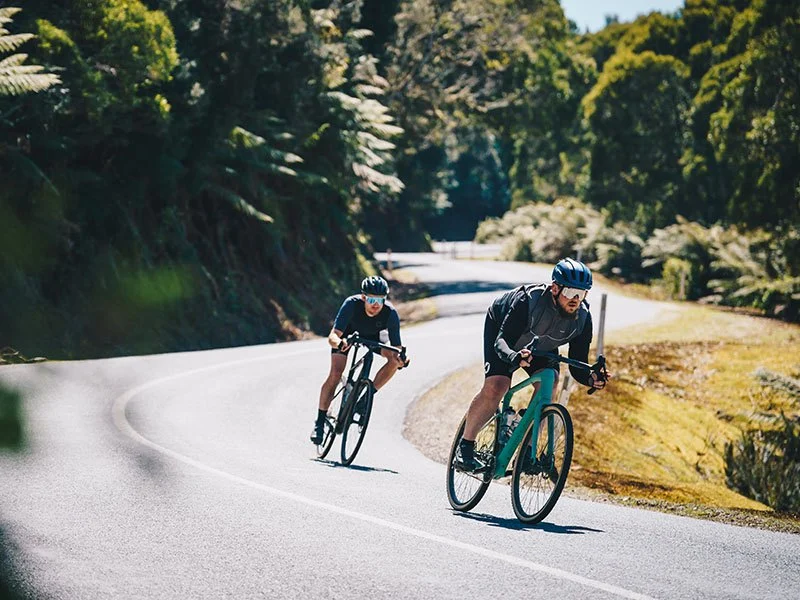
1. Understanding the Challenge of Cornering on Loose Gravel
Cornering on loose gravel can be one of the most challenging aspects of gravel riding. Unlike paved roads, gravel surfaces can be unpredictable and unstable, making it harder to maintain traction and control while navigating corners. To master cornering on loose gravel, it’s crucial to understand the factors that contribute to instability, such as loose gravel particles, uneven surfaces, and varying terrain. When done correctly, cornering on loose gravel can be just as enjoyable and rewarding as riding on smoother surfaces.
2. Key Factors That Affect Cornering on Loose Gravel
- Surface Type and Condition
- Speed and Braking Techniques
- Body Position and Balance
- Tire Choice and Pressure
2.1 Surface Type and Condition
The type and condition of the gravel surface are crucial when cornering. Hard-packed gravel offers more traction and stability compared to loose, sandy gravel. Wet conditions, on the other hand, can make the gravel even more slippery, requiring more caution. Understanding the condition of the surface will allow you to adjust your cornering technique accordingly.
2.2 Speed and Braking Techniques
Speed is a key factor when cornering on loose gravel. While it's tempting to ride fast, excessive speed can make it harder to control your bike and maintain traction. Before entering a corner, it's important to slow down gradually by applying the brakes smoothly. Avoid sudden or aggressive braking, as this can cause your wheels to skid and lose grip on the gravel surface. Instead, practice controlled braking techniques to reduce speed before entering the turn.
2.3 Body Position and Balance
Your body position plays a significant role in maintaining stability when cornering on loose gravel. As you approach the corner, shift your weight back slightly and keep your body relaxed. Avoid leaning too far into the turn, as this can destabilize the bike. Instead, focus on keeping a centered and balanced posture to help maintain traction through the corner.
2.4 Tire Choice and Pressure
The right tire choice is crucial for cornering on loose gravel. Tires with a wider profile and a more aggressive tread pattern are ideal for gravel riding as they offer better grip and control on uneven surfaces. Additionally, tire pressure plays a big role in cornering performance. Lowering your tire pressure slightly can improve traction by increasing the tire’s contact patch with the ground. However, be cautious not to lower the pressure too much, as it could lead to pinch flats or reduced rolling efficiency. Experiment with different tire pressures to find the optimal balance for your riding style.
3. Mastering Cornering Techniques for Loose Gravel
- Lean the Bike, Not Your Body
- Keep Pedaling Smoothly
- Look Ahead and Anticipate
- Practice with Small Adjustments
3.1 Lean the Bike, Not Your Body
One of the most important techniques for cornering on loose gravel is leaning the bike rather than your body. When cornering, it’s essential to keep your body upright and lean the bike into the turn. This ensures that the tires maintain contact with the surface and helps you maintain control. Over-leaning your body can cause the bike to slide out from underneath you, especially on loose gravel.
3.2 Keep Pedaling Smoothly
Maintaining a smooth pedaling rhythm through corners is key to stability and control. Sudden changes in pedal pressure can upset your balance, especially on loose gravel. Aim to keep your cadence steady and avoid jerky movements as you corner. This helps maintain your momentum and keeps the bike stable through the turn.
3.3 Look Ahead and Anticipate
Looking ahead is one of the most effective ways to navigate corners safely and efficiently. By scanning the turn and anticipating any obstacles, you can adjust your speed and position before entering the corner. This proactive approach reduces the chances of surprises and helps you maintain confidence when cornering on loose gravel.
3.4 Practice with Small Adjustments
Mastering cornering on loose gravel requires practice. Start by making small adjustments to your cornering technique, such as slightly altering your body position or adjusting your speed. Gradually increase the difficulty by riding on looser gravel and more challenging terrain. Over time, you’ll gain a better feel for how your bike responds to different conditions, and you’ll be able to corner more confidently and safely.
4. Common Mistakes to Avoid When Cornering on Loose Gravel
- Braking During the Turn
- Leaning the Body Instead of the Bike
- Overloading the Front Wheel
- Riding Too Fast into the Corner
4.1 Braking During the Turn
One of the most common mistakes riders make when cornering on loose gravel is braking while in the turn. This can cause the wheels to lose traction and result in a slide. It’s best to apply your brakes before the turn and to coast through the corner without braking if possible. If you must brake, do so gently and evenly to avoid upsetting the balance of your bike.
4.2 Leaning the Body Instead of the Bike
Another mistake to avoid is leaning your body into the turn too much. This can make the bike unstable, especially on loose gravel. Remember, it’s the bike that should lean into the turn, not your body. Practice the technique of keeping your body upright while leaning the bike for improved control and stability.
4.3 Overloading the Front Wheel
Putting too much weight on the front wheel during a turn can cause the wheel to lose traction and slide out. To avoid this, shift your weight slightly back and maintain a balanced posture to ensure the rear wheel is engaged as well. This distributes the load more evenly and improves your cornering control.
4.4 Riding Too Fast into the Corner
Entering a corner at too high a speed is a recipe for disaster. Loose gravel surfaces are unpredictable, and too much speed can cause you to lose control. Slow down before the turn, allowing yourself plenty of time to navigate the corner safely. By reducing your speed early, you’ll have better control and be able to maintain traction throughout the turn.
5. Essential Gear for Gravel Cornering
Having the right gear can make a big difference when cornering on loose gravel. A gravel bike with wide tires and a relaxed geometry is ideal for tackling rough corners. In addition, protective gear such as gloves, knee pads, and a full-face helmet can help keep you safe during more aggressive gravel rides. For those serious about mastering gravel cornering, investing in high-quality bike components and gear is crucial.
If you’re looking for the best gear to enhance your gravel riding experience, check out Cycling Guider. We offer top-quality bikes, gear, and accessories to help you ride with confidence and master cornering on loose gravel.

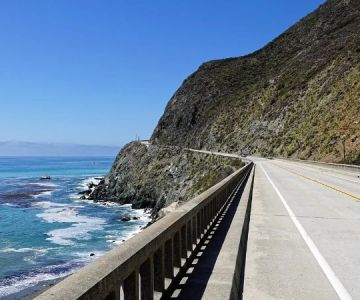


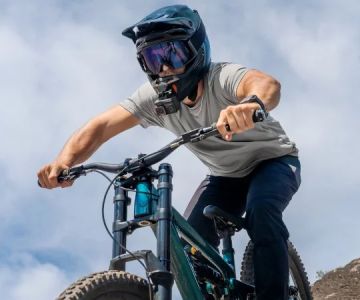
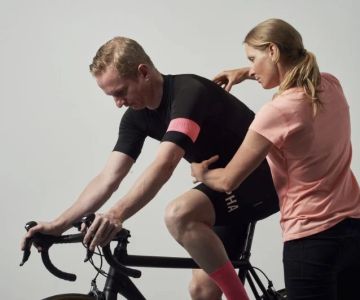

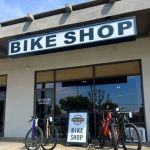 OC Cyclery - Buy Sell Trade - Specialized Bicycles4.0 (92 reviews)
OC Cyclery - Buy Sell Trade - Specialized Bicycles4.0 (92 reviews) Tampa Bay eBikes4.0 (64 reviews)
Tampa Bay eBikes4.0 (64 reviews) Budget Bicycle Center4.0 (289 reviews)
Budget Bicycle Center4.0 (289 reviews)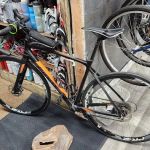 Jeff's Bicycle Repair & Sales4.0 (65 reviews)
Jeff's Bicycle Repair & Sales4.0 (65 reviews) Arlington Velo Sport4.0 (435 reviews)
Arlington Velo Sport4.0 (435 reviews) Elliptigo Hudson Valley3.0 (2 reviews)
Elliptigo Hudson Valley3.0 (2 reviews) How to Teach Kids to Ride a Bike: A Step-by-Step Guide for Parents
How to Teach Kids to Ride a Bike: A Step-by-Step Guide for Parents Tips for Riding on Busy City Streets: Smart Strategies for Urban Cyclists
Tips for Riding on Busy City Streets: Smart Strategies for Urban Cyclists Best US National Parks for Mountain Biking: Ride Epic Trails Across America
Best US National Parks for Mountain Biking: Ride Epic Trails Across America Best Aero Helmets for Time Trials and Racing
Best Aero Helmets for Time Trials and Racing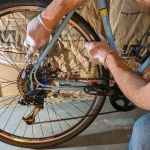 How to Clean and Lubricate Your Bike Chain Like a Pro
How to Clean and Lubricate Your Bike Chain Like a Pro 10 Must-Have Items for Long-Distance Cycling Trips
10 Must-Have Items for Long-Distance Cycling Trips